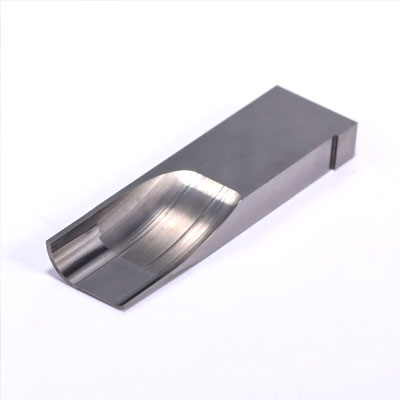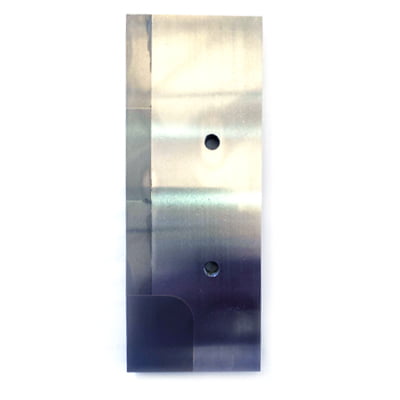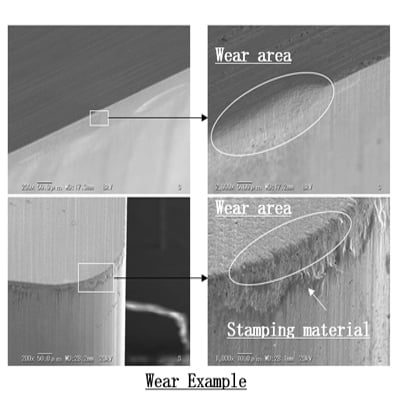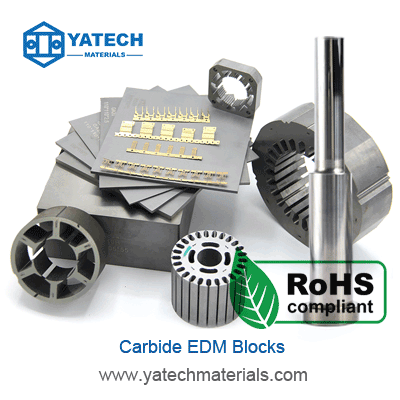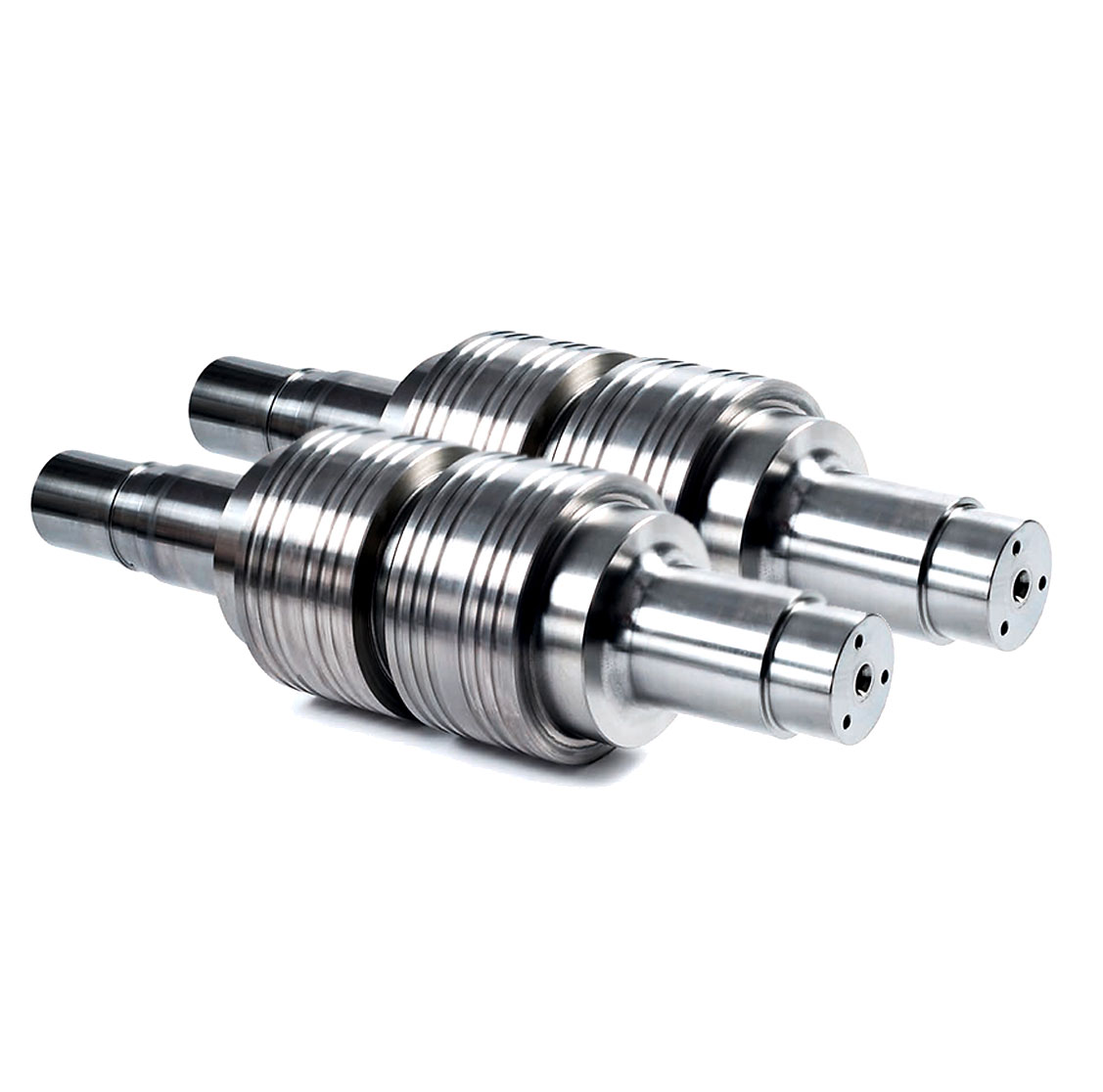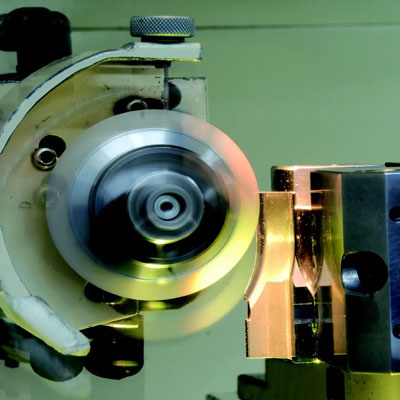
Carboneto de tungstênio é um material popular usado na fabricação por sua excelente dureza, resistência ao desgaste e força. No entanto, usinar esse material pode ser desafiador devido à sua alta dureza e fragilidade. Neste artigo, discutiremos os vários métodos de usinagem de carboneto de tungstênio, suas considerações, vantagens e desvantagens.
Métodos de usinagem de carboneto de tungstênio
- Retificação: A retificação é o método mais comum de usinagem de carboneto de tungstênio. Envolve o uso de uma roda de retificação para remover material da peça de trabalho. A roda de retificação é feita de partículas abrasivas unidas com um material ligante. Grãos abrasivos de diamante ou nitreto cúbico de boro (CBN) são comumente usados para retificar carboneto de tungstênio.
- EDM (Usinagem por Descarga Elétrica): EDM é um método não tradicional de usinagem que usa energia elétrica para remover material da peça de trabalho. Em EDM, uma ferramenta condutora e uma peça de trabalho são submersas em um fluido dielétrico. Uma descarga elétrica é então usada para remover material da peça de trabalho. EDM é frequentemente usado para formas e perfis complexos.
- Corte a Laser: O corte a laser usa um feixe de laser de alta energia para cortar e moldar o carboneto de tungstênio. O feixe de laser derrete o material, e um jato de gás de alta pressão sopra o material fundido para longe da peça de trabalho. O corte a laser é adequado para seções finas e formas complexas.
Considerações para usinagem de carboneto de tungstênio
- Seleção de ferramentas: A escolha do material da ferramenta é crucial para usinagem de carboneto de tungstênio. Ferramentas de diamante ou CBN são comumente usadas para retificação, enquanto ferramentas de carboneto de tungstênio ou cobre-tungstênio são usadas para EDM.
- Fixação da peça de trabalho: Devido à fragilidade do carboneto de tungstênio, a fixação adequada da peça de trabalho é essencial para evitar rachaduras ou lascas durante a usinagem.
- Parâmetros de usinagem: Parâmetros de usinagem como velocidade de corte, taxa de avanço e profundidade de corte devem ser cuidadosamente selecionados para evitar desgaste excessivo da ferramenta ou danos à peça de trabalho.
Vantagens e desvantagens de cada método de usinagem
- Retificação: A retificação é o método mais comum e econômico de usinagem de carboneto de tungstênio. Ela fornece um acabamento de alta qualidade e pode ser usada tanto para retificação de desbaste quanto de acabamento. No entanto, a retificação pode ser demorada, e a vida útil da ferramenta pode ser limitada.
- EDM: EDM é adequado para usinagem de formas e perfis complexos em carboneto de tungstênio. Não produz calor ou estresse mecânico, tornando-o ideal para peças frágeis. No entanto, EDM pode ser mais lento do que outros métodos e pode produzir um acabamento de superfície mais áspero.
- Corte a laser: O corte a laser é rápido e preciso e pode produzir formas intrincadas em carboneto de tungstênio. Ele não produz estresse mecânico e há desgaste mínimo da ferramenta. No entanto, o corte a laser pode ser caro e é limitado a seções finas.
Conclusão
A usinagem de carboneto de tungstênio requer consideração cuidadosa da seleção de ferramentas, fixação da peça de trabalho e parâmetros de usinagem. A retificação é o método mais comum e econômico de usinagem de carboneto de tungstênio, enquanto EDM e corte a laser são adequados para formas complexas e seções finas. Cada método tem suas vantagens e desvantagens, e a escolha do método dependerá dos requisitos específicos da aplicação. Com as técnicas e equipamentos de usinagem adequados, o carboneto de tungstênio pode ser usinado para produzir peças de alta qualidade com excelente resistência ao desgaste e força.

